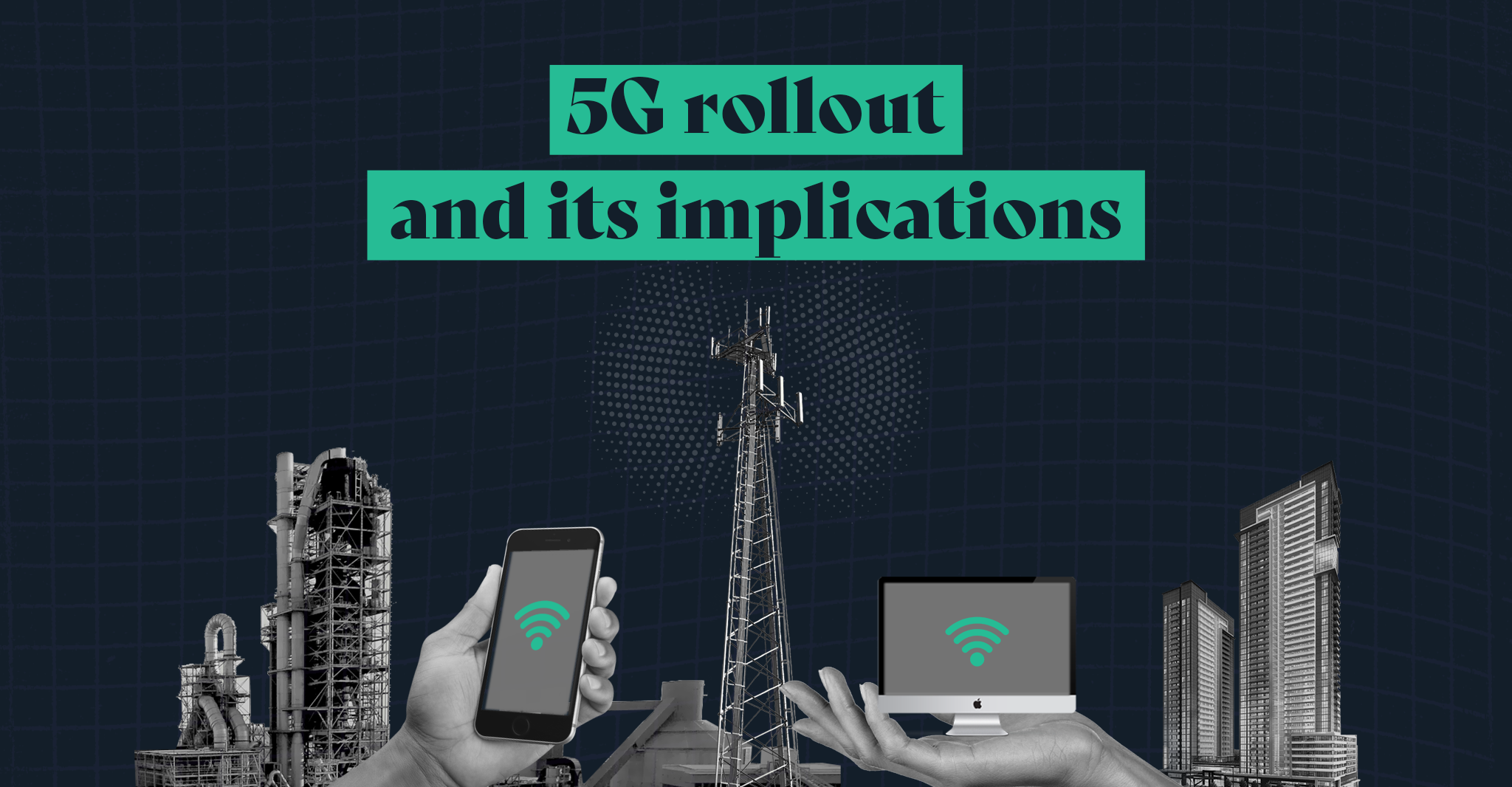5G Rollout and What It Means for SMEs

The advent of 5G technology marks a significant milestone in the evolution of wireless communication. For small and medium-sized enterprises (SMEs), this next-generation network offers transformative potential, enabling enhanced connectivity, operational efficiency, and innovative business models. As 5G continues to roll out globally, understanding its implications is crucial for SMEs aiming to stay competitive in an increasingly digital marketplace.
Understanding 5G: A Brief Overview
5G, or fifth-generation wireless technology, is designed to deliver faster data speeds, ultra-low latency, increased reliability, and massive network capacity. Compared to its predecessor, 4G, 5G can achieve speeds up to 100 times faster and support a significantly higher number of connected devices per square kilometer. These advancements are not just incremental; they are foundational, paving the way for innovations such as the Internet of Things (IoT), augmented reality (AR), and real-time data analytics.Innovative Network Solutions
Benefits of 5G for SMEs
1. Enhanced Connectivity and Speed
One of the most immediate benefits of 5G is its unparalleled speed and connectivity. SMEs can leverage this to improve various aspects of their operations:
-
Real-Time Data Processing: Faster data transmission enables real-time analytics, allowing businesses to make quicker, data-driven decisions.
-
Improved Communication: High-definition video conferencing and seamless collaboration tools become more reliable, facilitating better communication with clients and remote teams.
-
Efficient Cloud Access: With reduced latency, accessing and managing cloud-based applications and services becomes more efficient, supporting remote work and scalability.
2. Empowering IoT and Automation
5G’s capacity to handle a vast number of connected devices simultaneously is a boon for SMEs looking to integrate IoT solutions:
-
Smart Inventory Management: Real-time tracking of inventory through connected sensors can optimize stock levels and reduce waste.
-
Predictive Maintenance: IoT devices can monitor equipment health, predicting failures before they occur and minimizing downtime.
-
Enhanced Customer Experiences: Personalized services, such as smart retail solutions, can be implemented to improve customer satisfaction.
3. Facilitating Remote Work and Flexibility
The COVID-19 pandemic underscored the importance of remote work capabilities. 5G supports this by providing:
-
Stable Connectivity: Employees can access company resources and communicate effectively from various locations without connectivity issues.
-
Mobile Business Operations: Field teams can utilize mobile devices to access real-time data, enhancing productivity and responsiveness.Scale Funding+2Innovative Network Solutions+2Business News Daily+2
4. Driving Innovation and New Business Models
With 5G, SMEs can explore innovative business models and services:
-
Augmented and Virtual Reality: Businesses can offer immersive experiences, such as virtual product demonstrations or training programs.
-
Edge Computing: Processing data closer to the source reduces latency and bandwidth usage, enabling faster decision-making and improved services.
Challenges in Adopting 5G
While the benefits are substantial, SMEs may face several challenges in adopting 5G:
1. Infrastructure and Cost
Implementing 5G requires significant infrastructure upgrades, which can be costly. SMEs may need to invest in new hardware and ensure compatibility with existing systems.PMC+1Scale Funding+1
2. Security Concerns
With increased connectivity comes heightened security risks. SMEs must prioritize cybersecurity measures to protect sensitive data and maintain customer trust.PMC+18PMC+18U.S. Chamber of Commerce+18
3. Regulatory and Compliance Issues
Navigating the regulatory landscape for 5G deployment can be complex. SMEs must stay informed about compliance requirements to avoid legal pitfalls.
Strategic Recommendations for SMEs
To effectively leverage 5G, SMEs should consider the following strategies:
1. Assess Readiness and Needs
Evaluate current operations to identify areas where 5G can add value. Determine the necessary infrastructure upgrades and training required for implementation.
2. Collaborate with Technology Partners
Engage with technology providers and consultants to gain insights and support in deploying 5G solutions tailored to your business needs.
3. Prioritize Cybersecurity
Invest in robust cybersecurity frameworks to safeguard against potential threats associated with increased connectivity.
4. Stay Informed and Agile
Keep abreast of technological advancements and regulatory changes related to 5G. Maintain flexibility to adapt business models and strategies accordingly.
Conclusion
The rollout of 5G presents a transformative opportunity for SMEs to enhance operations, innovate services, and compete more effectively in the digital economy. By understanding the benefits and challenges, and by adopting strategic approaches, SMEs can position themselves at the forefront of this technological revolution Bangladesh-Agent.com.